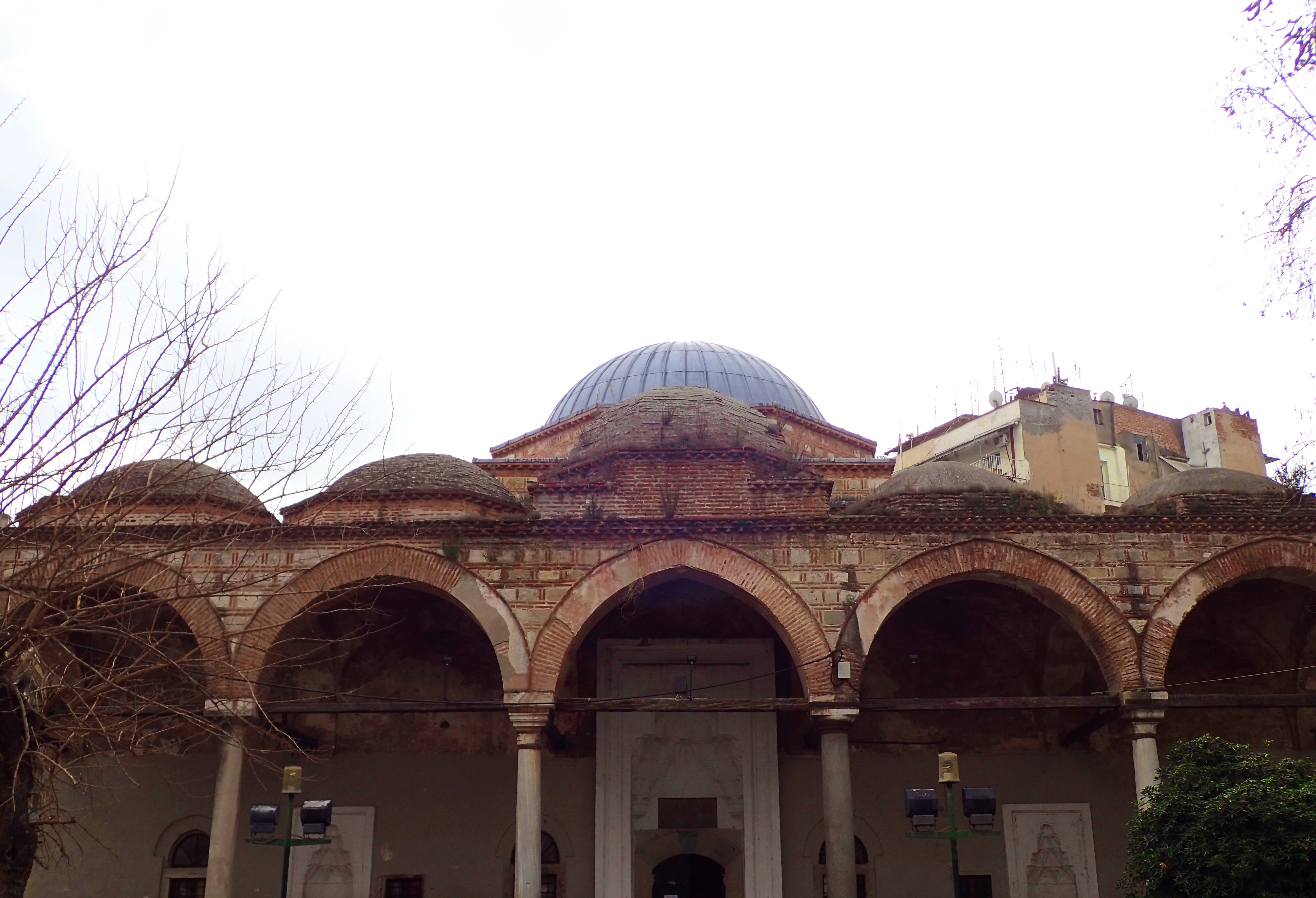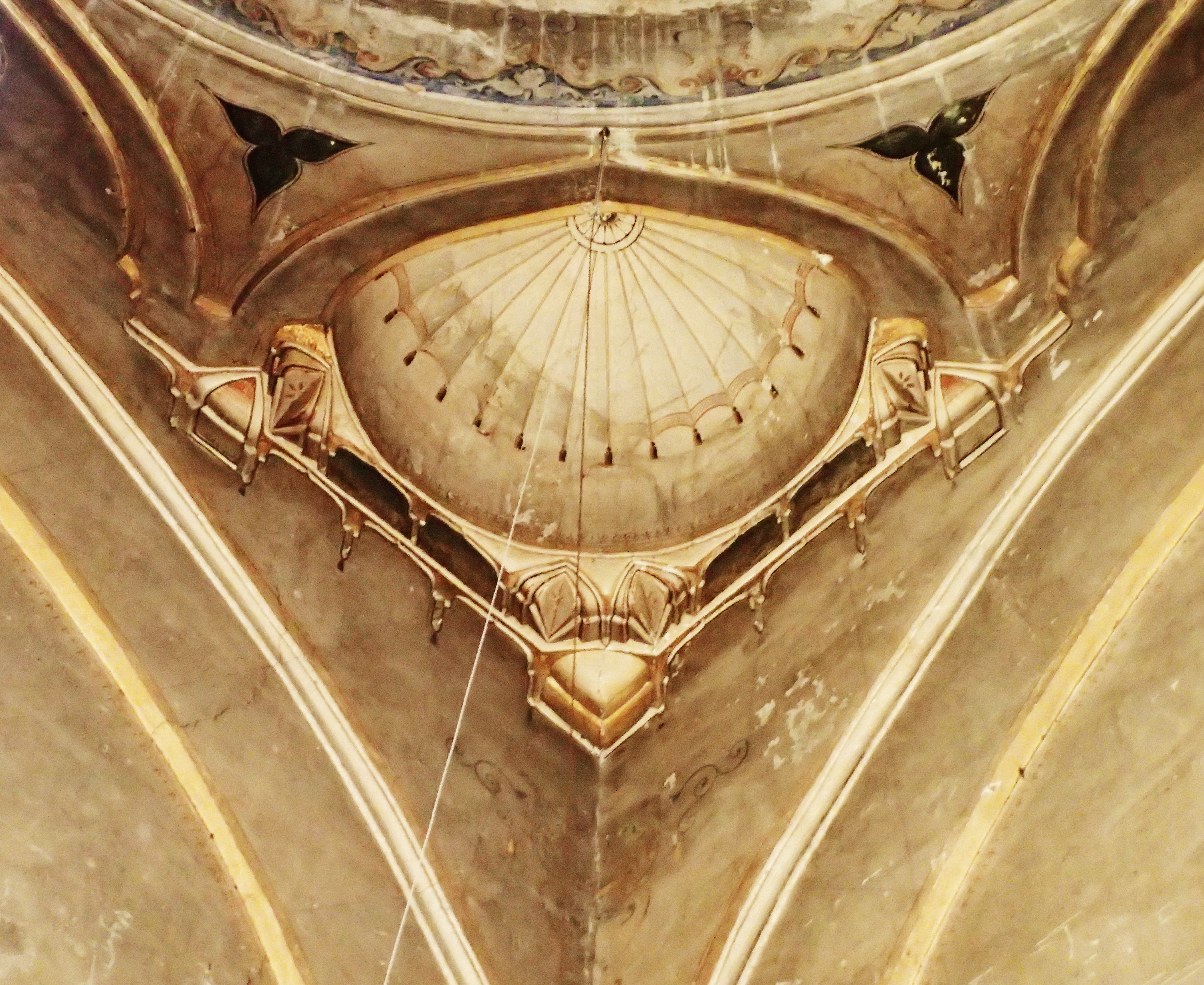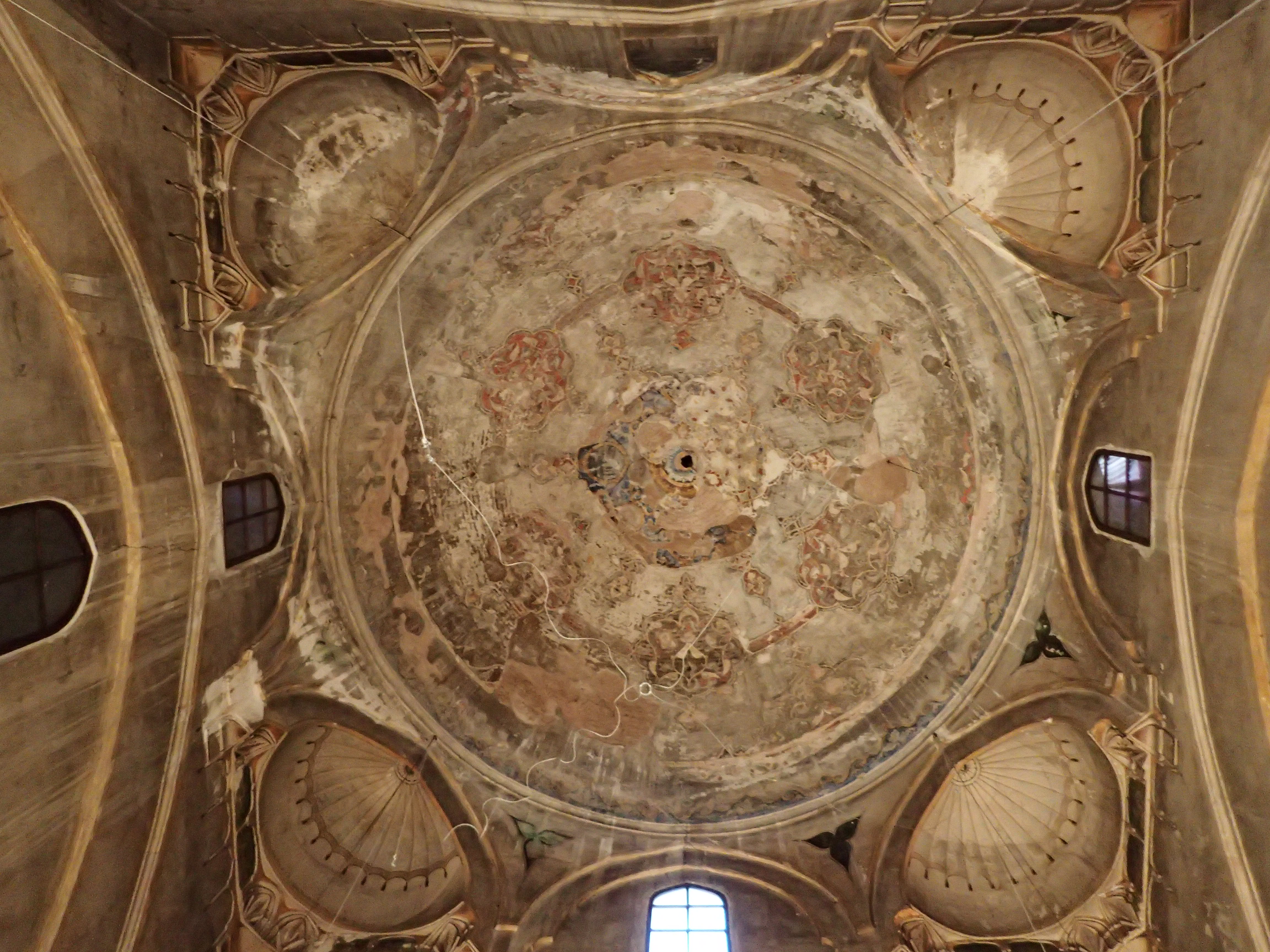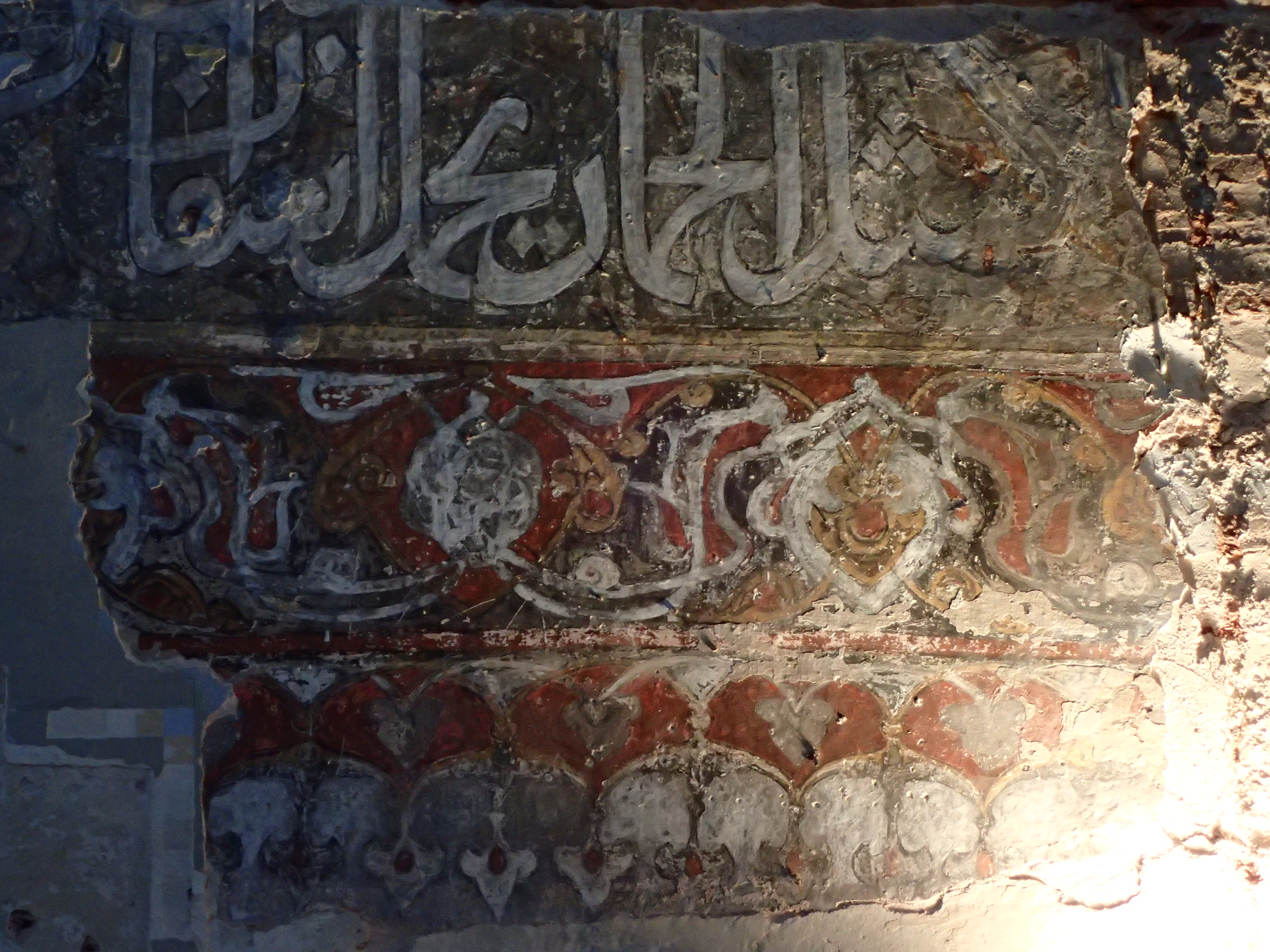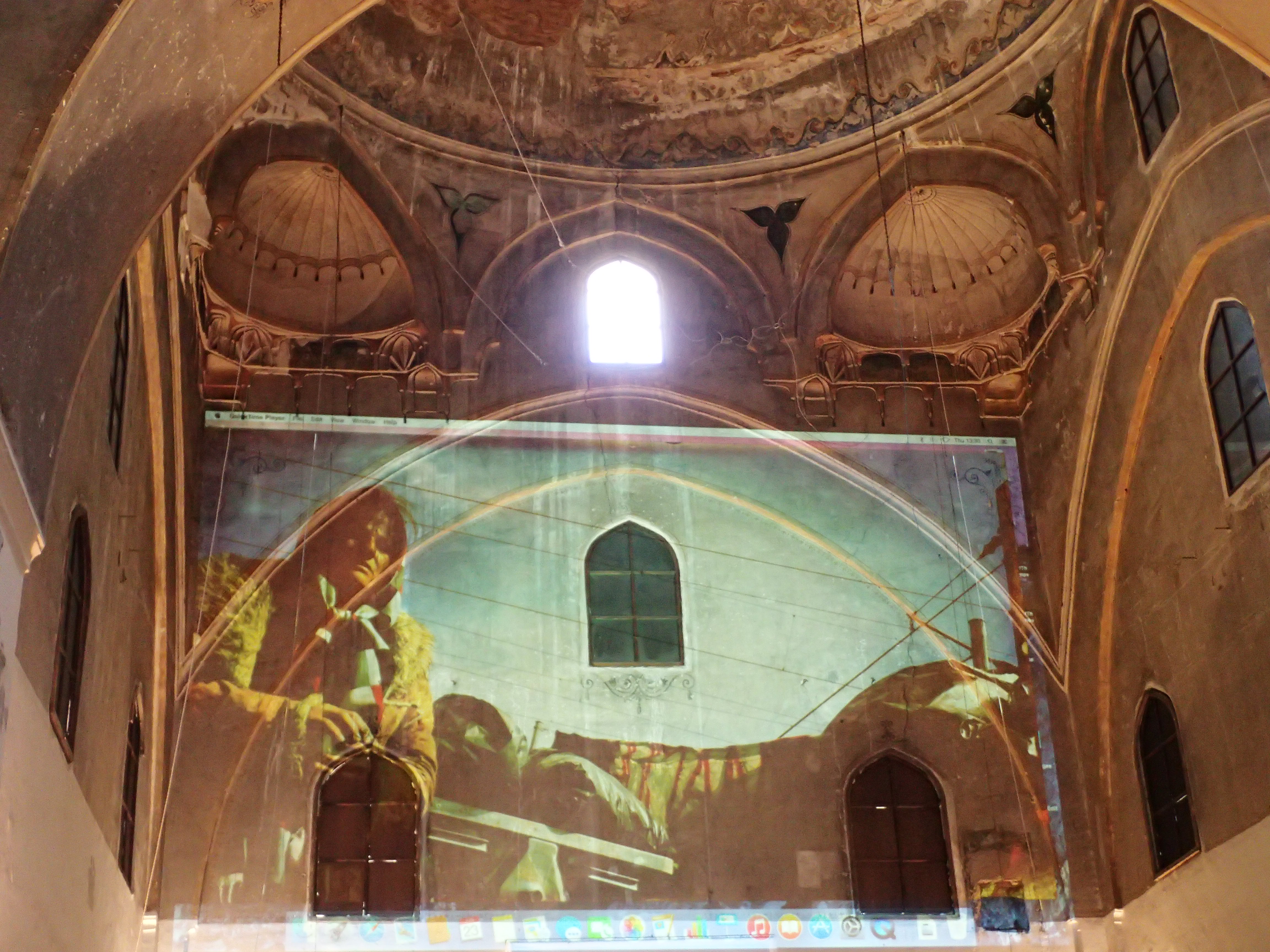The Alaja Imaret is one of Thessaloniki’s most glorious secret sights.
Off a shabby street above Agios Dimitrios that most visitors never find is one of Thessaloniki’s most mysterious and beautiful monuments. Even if you were looking for it, it feels like you stumble on the Alaja Imaret by accident, tucked in a courtyard between some apartment buildings from the 1960’s. When you find it, you’ll wonder why you took the trouble. It’s large, with a long porch across the front. The facade is crumbling, the columns look bare. It’s dirty.
That’s what makes the Alaja Imaret such a wonderful secret. Exploring treasures from Thessaloniki’s Ottoman heritage is an interesting part of the Thessaloniki experience.
Related post: Best Things to Do in Thessaloniki – Sights, Activities, and Cultural Experiences
This is the one of the most magnificent and mysterious of the many sights of the Old Town of Thessaloniki. Nothing distinguishes it from a church on the outside at first glance. But there is no cross. Through the layers of dust, in time you spot something more exotic- a muqarnas. Above the door is an ornate stalactite vault. The door itself is small, weathered. It makes you curious to go in.
The Interior of the Imaret
It’s a fantastic surprise. The height of the domes. Then, the painting. There are ornate arabesques. There is tromp l’oeil drapery, and framed “views” of long forgotten forests. Patches along the walls are inscribed in Arabic calligraphy.
The Alaja Imaret in the Past
The name Alaja comes from the multi-colored stones that decorated the minaret that once was here. An Imaret is a House of Charity. The mosque also gave shelter and food. Many Christian churches were repurposed as mosques, so there were relatively few mosques built during the Ottoman period. This was one, built in 1487 by Ishak Pasha.
The Alaja Imaret in the Present
The Alaja Imaret is under the joint auspice of the Ministry of Culture and the Municipal Art Gallery of Thessaloniki, who make excellent use of the space. Exhibitions in the space often take unique advantage of the aesthetic, spiritual, and historical setting. One in particular- Techniques of the Body (Constantine Giannaris and Mark Mazower)- encompassed aspects of the immigrant experience. The Imaret’s walls presented a moving physical context. It also continues to have spiritual relevance- although this is no longer a mosque, it’s visited with reverence by many Muslim travelers.
Alaja Imaret- Above Kassandrou, between Sofokleous and Agiou Nikolaou Streets (just up from Agiou Dimitriou Church)
Tuesdays – Saturdays, 11:00 – 18:00
(+30) 2310 278 587


